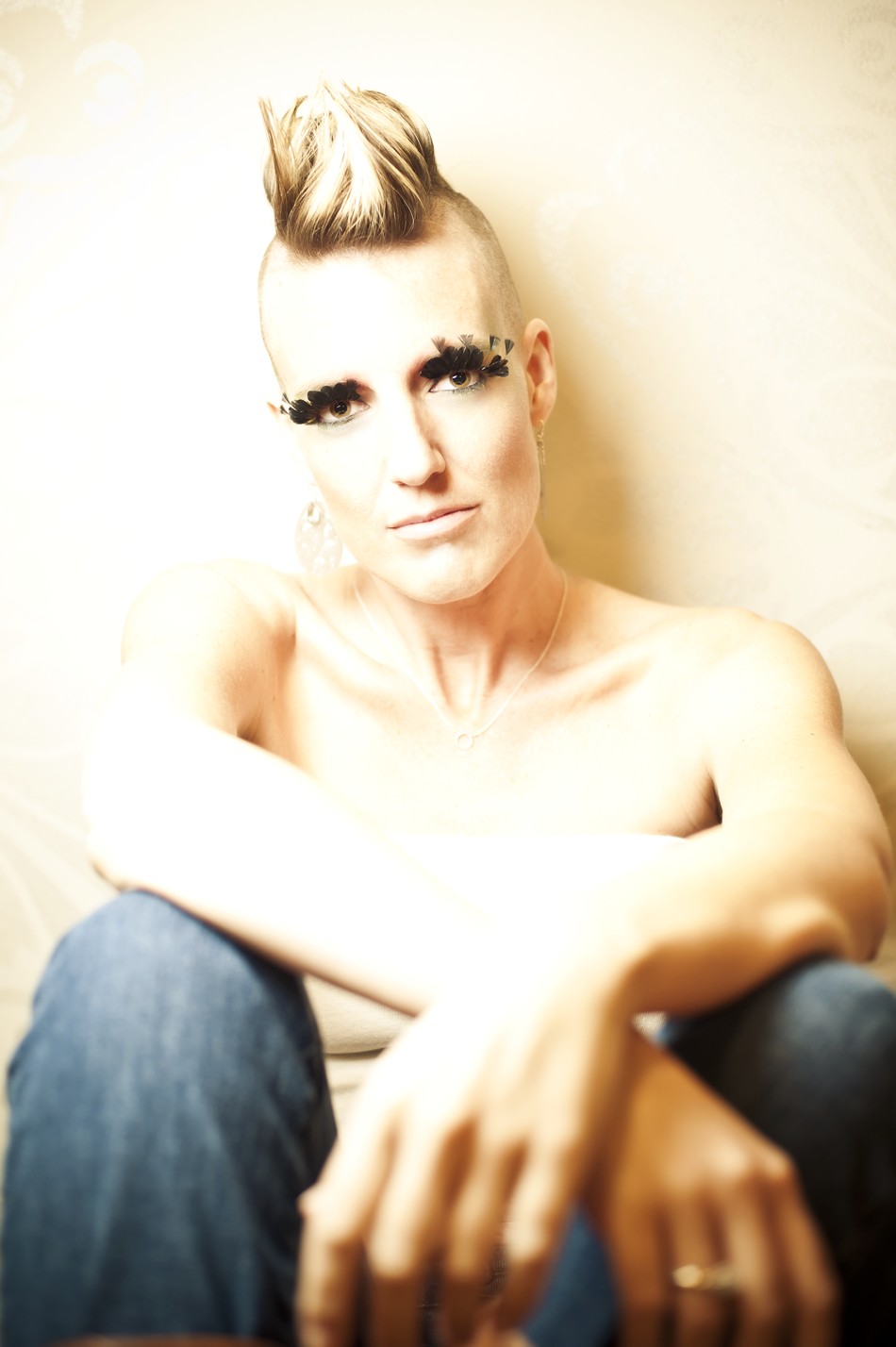Chapter 3: Flash Photography Fundamentals
In this chapter, I cover the basic properties of flash photography. Most of these aren’t specific to any one Nikon speedlight but, rather, can be applied to almost all flash photography, whether you’re using the CLS or a studio strobe.
While using a speedlight in Manual mode may seem daunting at first, once you understand how it works, you will see that the speedlight is one of the best tools available for aiding in the creation of many different kinds of images. What would your next shoot look like if you could use techniques like Repeating flash or Rear-curtain sync?
As with any subject contained in these pages, it may take awhile for a particular technique to sink in. Don’t be afraid to revisit these subjects. After all, this is a Field Guide — you can take it with you.

With only one speedlight, you can create dramatic images like this high-key portrait.
Understanding Flash Exposure
In the past, flash photography was often only used by professionals. There were no Through-the-Lens meters to control the flash output for you, and determining the proper settings required using difficult mathematical equations and expensive flash meters. You also had to get the film processed before you could see if your calculations were correct. This was a major deterrent to most amateur photographers who thought flash photography was too expensive ...
Get Nikon® Creative Lighting System Digital Field Guide, Third Edition now with the O’Reilly learning platform.
O’Reilly members experience books, live events, courses curated by job role, and more from O’Reilly and nearly 200 top publishers.

